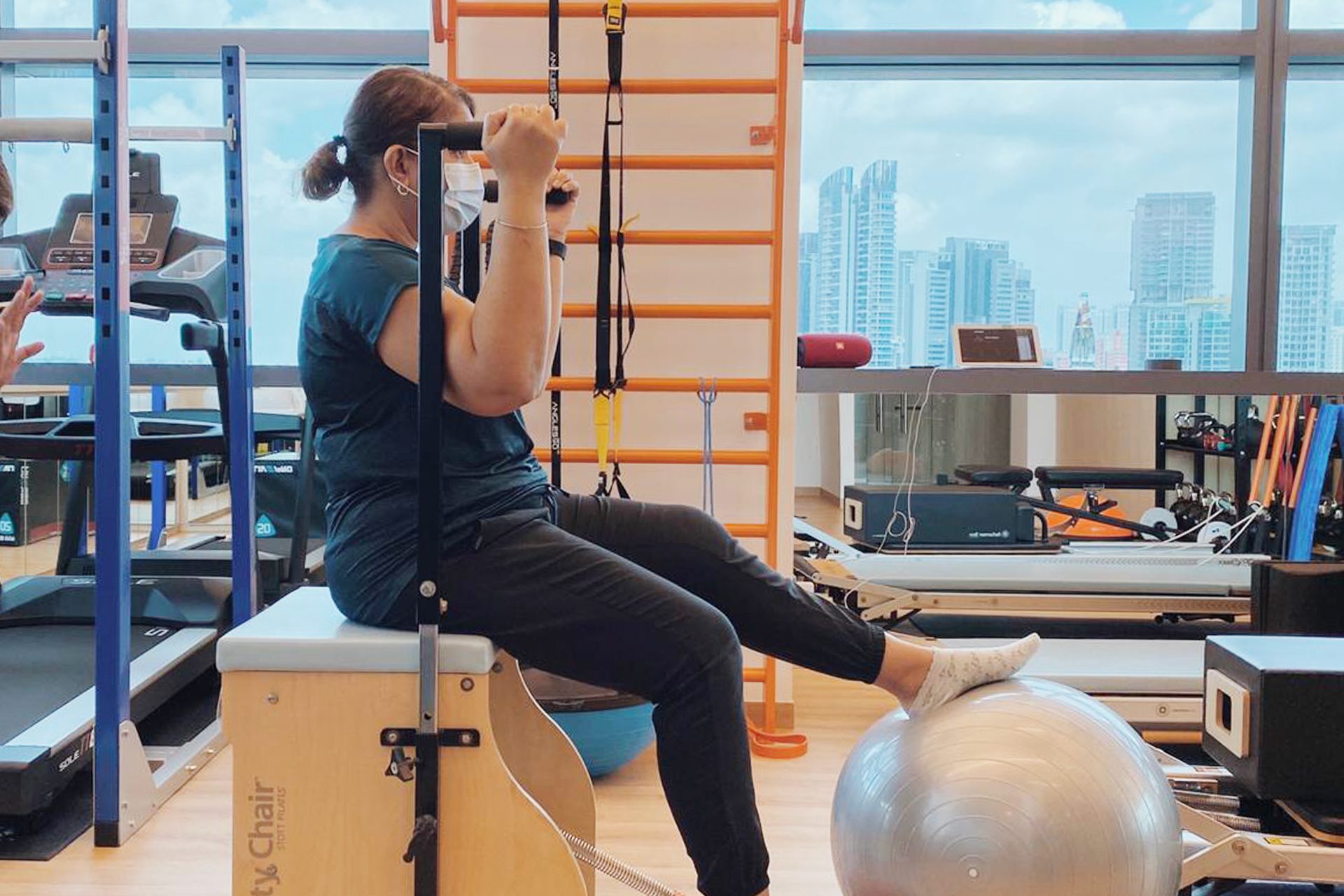Physiotherapy for Diabetic Neuropathy
Diverse conservative treatments are available for managing diabetic neuropathy to manage pain and prevent muscle wasting associated with the condition, as well as to improve circulation.
At HelloPhysio, we approach the management of diabetic neuropathy from a broader perspective. Our expert multidisciplinary team assesses every contributing factor, from lifestyle and movement patterns to recovery processes.
Manual therapy brings gentle manipulation and mobilization techniques to alleviate pain and enhance function. Exercise programs are designed to improve balance and coordination to mitigate the risk of falls due to sensory loss. Personalized physical therapy exercise regimens boost blood flow, strengthen muscles, and maintain joint flexibility, aiding pain management and preventing muscle wasting, often seen with neuropathy.
Recent clinical research supports the effectiveness of red light therapy in treating diabetic neuropathy. RLT enhances cellular energy production, essential for repairing and regenerating damaged nerves, and improves blood flow and nutrient delivery to affected areas. This, in turn, helps diminish inflammation, promote nerve growth factors and improve metabolic health. The reduction in inflammation and enhanced cellular function contribute to improved insulin sensitivity at the cellular level.
Lymphatic drainage is also a potential therapeutic intervention. It aids in removing toxins from the limbs and enhances circulation.
Our therapeutic approach aims to address the symptoms and underlying causes of diabetic neuropathy, focusing on maintaining mobility and preventing complications.
Book an Appointment
Exploring the Mechanism of Movement for People with Diabetic Neuropathy
Diabetic neuropathy disrupts normal nerve function due to the damaging effects of high blood sugar levels on nerve fibers. This leads to decreased nerve conduction velocity and a loss of protective sensation, primarily in the lower extremities. As a result, people with the condition may experience muscle weakness, loss of reflexes, and diminished coordination. These changes can significantly alter gait patterns, impair movement, reduce mobility and increase the risk of falls.
Muscle weakness and atrophy are often associated in patients with diabetic neuropathy. High glucose levels interfere with cellular processes in nerve cells and the blood vessels that supply them, leading to ischemia and subsequent nerve cell death. This process can cause muscle weakness and atrophy due to the denervation of muscle fibers, especially in the distal muscles of the lower limbs. Physiotherapy focuses on exercises that target these muscles to improve strength and maintain muscle mass.
Diabetic neuropathy impairs proprioception — the body’s ability to perceive its position in space, significantly affecting balance. This sensory loss makes it challenging for individuals to maintain stability, increasing fall risk. Combined with the loss of sensation and reduced blood flow associated with diabetic neuropathy, it can lead to joint stiffness and decreased flexibility.
Regular movement is necessary for the periarticular structures to become tight, limiting the joint’s range of motion. Interventions may include Clinical Pilates, which often includes range-of-motion exercises, stretching to enhance flexibility and joint mobility, and functional gait movement patterns.
Diabetic Neuropathy and Knee Replacement
Post-operative physiotherapy actively ensures successful recovery and optimal long-term outcomes for patients with diabetic neuropathy undergoing knee replacement surgery. Personalized to each patient, rehabilitation plans aim to restore knee function, acknowledging the challenges of diminished sensation and neuropathy-related risks of delayed wound healing.
Early intervention typically starts with gentle range-of-motion exercises to alleviate stiffness and boost circulation, progressing to strengthening exercises that enhance the new joint’s function and increase stability. Balance and proprioception deficits are also addressed to reduce the risk of falls, ensuring a safe return to daily activities and minimizing the impact of diabetic complications on the rehabilitation process.
Connect with Physiotherapists and the Rehabilitation Team
Neuropathic pain can hinder a person’s ability to participate in physical activity. Physiotherapy can offer pain management strategies, including manual therapy techniques, Clinical Pilates, and lymphatic drainage, to alleviate discomfort and facilitate more active, safe movement.
To learn more about our approach to diabetic neuropathy, please contact or call the clinic to speak with or meet our team.

